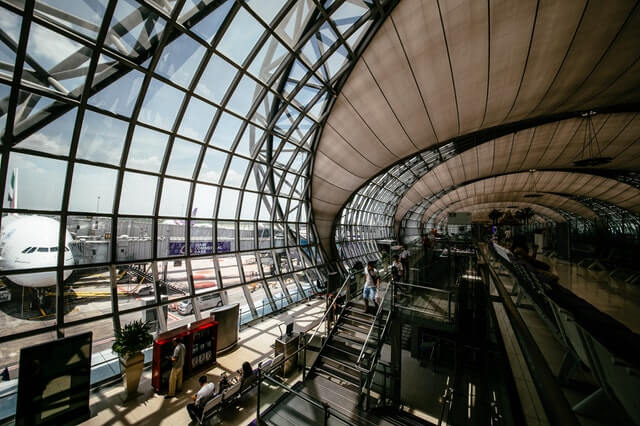
With over 5,100 public use airports in the United States (according to 2014 United States Department of Transportation data), chances are that you live or work near an airport. If you live in a rural area, you might live near one of the almost 14,000 private use airports including authorized runways on farmland, or perhaps you even own one.
If you want to build or redevelop a structure near a public airport, be prepared to navigate Federal Aviation Administration (FAA) Regulation Part 77. Building on or near any airport can raise safety concerns for an aircraft when approaching or taking off from the airport. Part 77 places restrictions on the height of structures that may be built near or on a public use airport. If a building project falls within the scope of Part 77, then the owner must submit a Notice of Proposed Construction or Alteration to the FAA. That form requires the property owner to provide information necessary for the FAA to determine if the proposed construction is a hazard that would obstruct air navigation. Also, local zoning requirements often contain setbacks and restrictions relating to building near a runway or airport.
Imaginary Surfaces! You want to build or alter a building on land near an airport but how do you know if you notify the FAA? Unfortunately, in most cases, the answer depends on a calculating an imaginary surface – one that takes into account the distance between the runway and the proposed building and applies a different surface ratio depending on the distance (14 C.F.R. § 77.9). Engineering and design firms can help with calculating the imaginary surface. The FAA also makes a tool on its website for the public to help make this determination (it requires input of data including the exact coordinates of the building). You also need to notify the FAA of any construction or alterations on the property of any public use airport.
Watch out for windmills! If you own a small airport or runway, pay special mind to proposed building projects in the surrounding area that could be a hazard to navigation to and from your airport. For example, wind energy projects are gaining popularity as a method of clean energy but the placement of wind turbines (which often exceed 400 feet) should be carefully reviewed to ensure they do not interfere with aircraft navigation at nearby airports. Be aware that Part 77 applies to public airports, so it may not protect a private airport when a wind farm wants to move in next door. So what options does a private runway owner have?
For one, the FAA always requires submission of the form for any building proposed to be higher than 200 feet above ground level. If the development near you is to exceed that height, this might give you a chance to weigh in with the FAA. It is also worth investigating state and local restrictions that might apply to the construction. Further, you could also consider becoming a public use airport. The work involved to do so might vary from state to state, but it might be worth considering.
If you are building near an airport or someone is building near yours, FMJ’s Transportation & Logistics group can help you navigate this process and ensure compliance with Part 77 and all other applicable rules. If you own a private airport, FMJ can help analyze the pros and cons of seeking public use status for a currently private airport.
If you need further information on these or related matters, contact Kevin Johnson at 952-995-9576 or kevin.johnson@fmjlaw.com. Click here to learn more about our Transportations and Logistics practice group.
Related Attorneys

